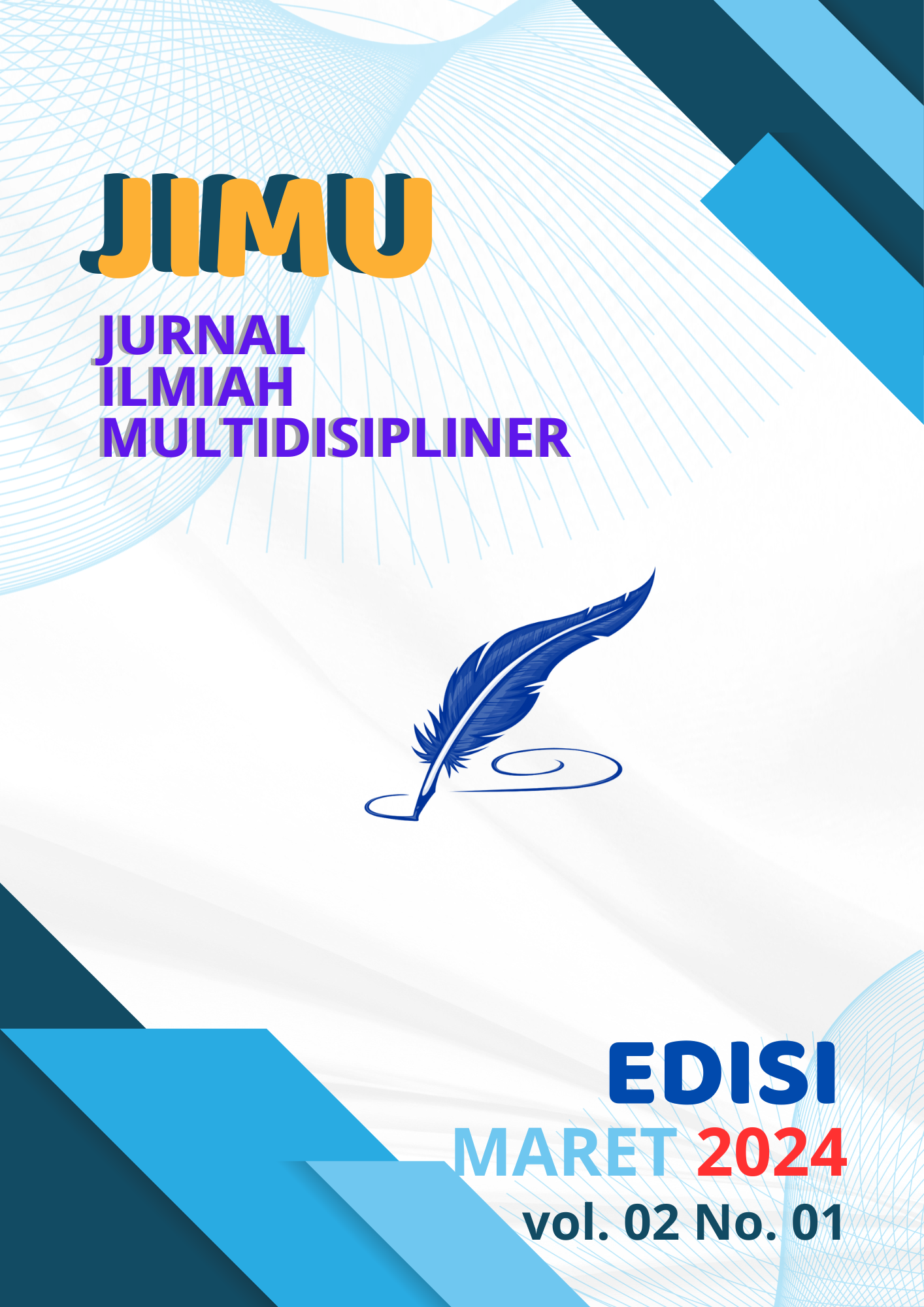Analisis Faktor – Faktor Pengaruh Gaya dan Kuliatas Hidup Remaja
Kata Kunci:
Puberty, Development, FoodAbstrak
Adolescence is a critical period in human development, marked by major physical, emotional and social changes. Lifestyle factors such as diet, physical activity and use of technology, as well as the role of family and environment, have a significant influence on the quality of life of the younger generation. Although healthy eating habits and physical activity have been shown to improve physical and mental function, excessive use of technology can have negative impacts.The family plays an important role in the development of a child's personality through various activities such as religion, love, protection and education. Urban and rural adolescents face different challenges in growing up, with urban adolescents having better access to education and health services, but experiencing more stress. In contrast, younger generations in rural areas enjoy a more natural environment and quieter lifestyle, but have limited access to facilities and opportunities. This research uses qualitative methods through case studies and surveys to analyze differences in lifestyle and quality of life between urban and rural teenagers. This research shows that environmental, social and economic conditions significantly influence the lifestyle and quality of life of the younger generation, and each group faces unique challenges depending on its environment, with a holistic approach.
Unduhan
Referensi
Alomair, N., Alageel, S., Davies, N., & Bailey, J. V. (2020). Factors influencing sexual and reproductive health of Muslim women: a systematic review. Reproductive Health, 17(1), 1-15.
Hayati, N., Wahyuni, A., & Dhiya An, A. (2020). Peningkatan kualitas generasi sadar kesehatan reproduksi remaja putri SMA Muhammadiyah 1 Bantul. Prosiding Semnas: Inovasi Teknologi dan Pengembangan Teknologi Informasi dalam Pemberdayaan Masyarakat pasca Covid-19.Yogyakarta, 1243 - 1247.
Rahmah, A. M., & Astuti, Y. (2019). Pengaruh Terapi Murottal dan Aromaterapi Terhadap Intensitas Dismenore pada Mahasiswi Keperawatan. IJNP (Indonesian Journal of Nursing Practices), 3(1), 1–8. https://doi.org/10.18196/ijnp.3186.
Tirado, V., Chu, J., Hanson, C., Ekström, A. M., & Kågesten, A. (2020). Barriers and facilitators for the sexual and reproductive health and rights of young people in refugee contexts globally: A scoping review. PloS one, 15(7), e0236316.
Fatimah, R., Sunarti, E., & Hastuti, D. (2020). Tekanan ekonomi, interaksi orang tua-remaja, dan perkembangan sosial emosi remaja. Jurnal Ilmu Keluarga dan Konsumen, 13(2), 137–150. https://doi.org/10.24156/jikk.2020.13.2.137
Gao, Q., Sun, R., Fu, E., & Jia, G. (2020). Parent–child relationship and smartphone use disorder among Chinese adolescents: The mediating role of quality of life and the moderating role of educational level. Addictive Behaviors, 101, 1-8. https://doi.org/https://doi.org/10.1016/j.addbeh.2019.106065
Kominfo. (2022). Pemerintah Targetkan Hapus Kemiskinan Ekstrem di Wilayah Pesisir. Retrieved from https://www.kominfo.go.id/content/detail/38902/pemerintah-targetkan-hapus-kemiskinan-ekstrem-di-wilayah-pesisir/0/berita
Lehmann, S., Haug, E., Bjørknes, R., Mjeldheim Sandal, G., T. Fadnes, L., & Skogen, J. C. (2022). Quality of life among young people in Norway during the COVID-19 pandemic. A longitudinal study. European Child and Adolescent Psychiatry. https://doi.org/10.1007/S00787-022-02023-5
Mikkelsen, H. T., Småstuen, M. C., Haraldstad, K., Helseth, S., Skarstein, S., & Rohde, G. (2022). Changes in health-related quality of life in adolescents and the impact of gender and selected variables: a two-year longitudinal study. Health and Quality of Life Outcomes, 20(1), 1–11. https://doi.org/10.1186/S12955-022-02035-4
Rizkillah, R., & Rahmawati, R. (2022). Factors Affecting Student Stress Levels after a Year of the Covid-19 Pandemic. Psympathic: Jurnal Ilmiah Psikologi, 9(1), 91-102. https://doi.org/10.15575/psy.v9i1.17255
Vo, T., Nguyen, H., Pharmacognosy, A. T.-J. of P. &, & 2020, U. (2020). Effect of sociodemographic factors on quality of life of medical students in southern Vietnam: A survey using the WHOQOL-BREF assessment. Journal of Pharmacy & Pharmacognosy Research, 8(3), 211–224. Retrieved from https://jppres.com/jppres/pdf/vol8/jppres19.786_8.3.211.pdf
Wijayanti, S., Rahmatika, R., & Listiyandini, R. (2020b). Kontribusi kebersyukuran dalam peningkatan kualitas hidup kesehatan pada remaja di panti asuhan. Psycho Idea, 18(1), 33–44. https://doi.org/10.30595/psychoidea.v18i1.4123









